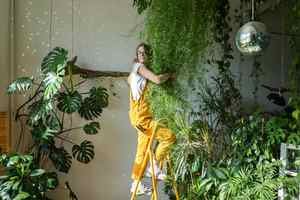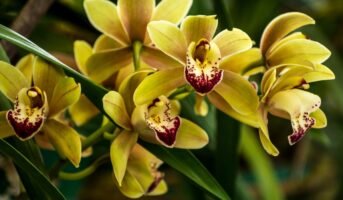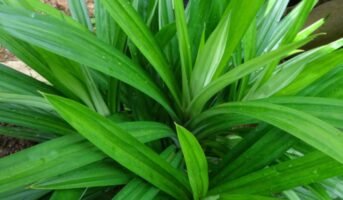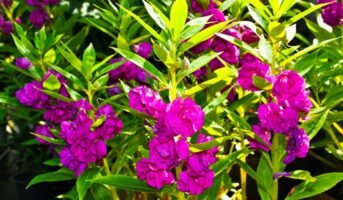Fern plants make for great indoor plants and their other varieties are the most popular houseplants across the world. With its rich history starting about 358.9 million years ago, fern plant with its lace-like leaves has several interesting facts one must know. Further, its beautiful appearance is one of the reasons why humans decided to bring it home. This article will unveil other interesting facts about fern plants.
See also: Is Bird’s Nest Fern an ideal house plant?
Fern plants grow from spores
A member of the vascular plant division Pteridophyta, ferns reproduce through spores and not seeds. One of the oldest plants in the world, the fern plant has nearly 10,560 species.
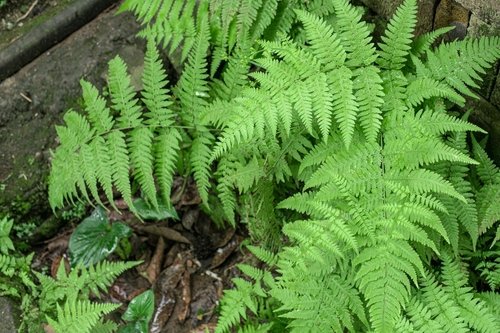
see also about: bird’s-nest fern
They don’t bear flowers
Ferns neither bear flowers, nor seeds. But, if the Slavic folklore is to be believed, ferns bloom once a year during the shortest night of the year. This rare sight of the fern flower is believed to guarantee a lifetime of happiness and richness for the beholder.
Fern facts
| Common name: Fern
Botanical name: Polypodiopsida Type: Non-flowering vascular plants Species: 10,500 Soil: Rich & well-drained Sun: Partly shade Watering: Regular Fertiliser: Not essential |
See also about Fertiliser for indoor plants
Fern plant benefits
Several fern plants are used for treating ailments as given below.
- Rheumatism
- Asthma
- Sore throat
- Cold
- Measles
- Tuberculosis
- Lung congestion
- Coughs
- Swollen breasts
- Weak blood
- Gonorrhea
- Stomach aches
- Cholera
- Diarrhea
- Nausea
- Vomiting
- Infections
- Stomach cramps
- Headaches
Read how Ferns are more than just ornamental plants
Fern allies aren’t allies
Even though, they are called fern allies, plants like clubmosses, and quillworts are not related to ferns.

The survivor
Ferns can survive in any kind of climate. Their hardiness makes them one of the most grown plants across the world. They are comfortable to grow in their native-tropical region.
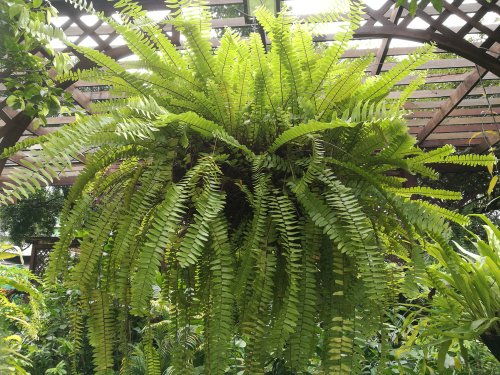
Long live fern!
Fern plants can live up to the age of 100 years in a conducive environment.
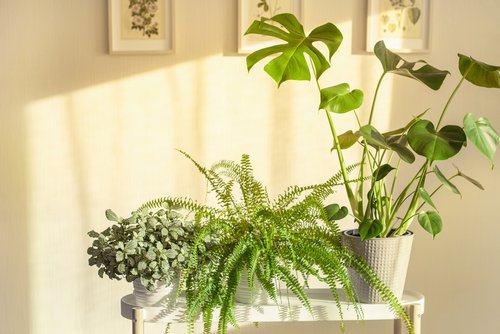
Varying heights
From two millimetre to 25 metre, fern plants can grow as big as you want them. This makes them equally suitable to be grown as a miniature plant, or tall tree.
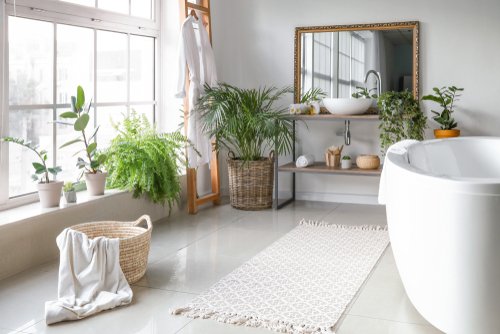
Ferns as natural air purifiers in home
As they find the right amount of humidity at home, fern plants are good indoor plants. They look like a green bunch.
They can absorb heavy metals from air, as well as soil and this quality makes them an ideal choice to be a houseplant. They act as preventives and cleans polluted air.
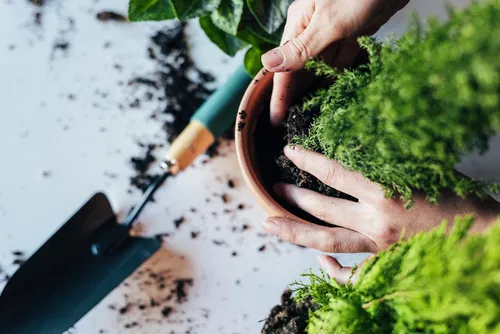
Learn how to grow and care for Boston Fern
A branch of study named after ferns
The importance of ferns could be known from the fact that they have a branch of study dedicated just for them. Pteridologists study ferns and other pteridophytes.
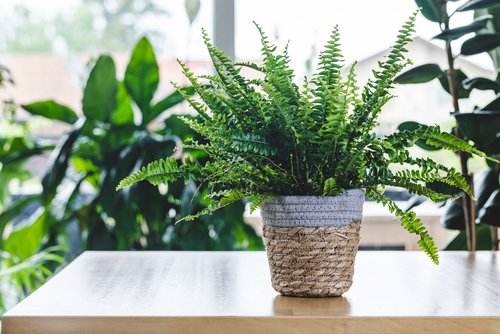
Do you know about fern fever?
Fern fever, or Pteridomania was a fad dominating England in the 19th century with young women being the largest proponents of Fern-o-mania. The mania reflected itself in Victorian decorative forms like pottery, glass, metal, textiles, wood, printed paper, and sculpture.
Fern care tips for indoor gardening
Soil
Choose a well-draining potting mix to plant your fern plants.
Watering
Unlike some other house plants, ferns like evenly moist soil. That makes watering more regular in their case.
Sunlight
Ferns would burn and decay if exposed to direct sunlight. They need it plenty, but in an indirect way.
Temperature
Ferns do best in the daytime temperature of 65-75°F. It should be about 10° cooler at night (as low as 55°F).
Fertiliser
Your indoor plant would do famously well if assisted by a slow-release fertiliser or liquid houseplant fertiliser. This feed should be given at about half-strength once a month from early spring to mid-autumn.
Repotting
To achieve its full potential, the plant needs to be repotted once in two years. You can also watch out for signs that indicate repotted has become really necessary: if roots start bursting out through the drainage hole or if the plant is slightly elevated out of the soil.
FAQs
What are ferns?
Ferns are plants without flowers, or seeds. They have roots, stems, and leaves.
What do you call the leaves of ferns?
Fern leaves are called fronds.
What are spores?
Spores are miniature cells through which ferns reproduce.
Are ferns poisonous?
While some species of the plant are non-poisonous, others are harmful for humans, as well as animals.
What kind of soil is perfect for growing fern plants?
Most varieties do well with moist but well-drained, alkaline soil. Others prefer acidic medium soil.
Which variety of the fern plants is best suited for indoors?
Asplenium Nidus, Adiantum Monocolour, or Blechnum Gibbum fern plants are best suited for indoors.

An alumna of the Indian Institute of Mass Communication, Dhenkanal, Sunita Mishra brings over 16 years of expertise to the fields of legal matters, financial insights, and property market trends. Recognised for her ability to elucidate complex topics, her articles serve as a go-to resource for home buyers navigating intricate subjects. Through her extensive career, she has been associated with esteemed organisations like the Financial Express, Hindustan Times, Network18, All India Radio, and Business Standard.
In addition to her professional accomplishments, Sunita holds an MA degree in Sanskrit, with a specialisation in Indian Philosophy, from Delhi University. Outside of her work schedule, she likes to unwind by practising Yoga, and pursues her passion for travel.
sunita.mishra@proptiger.com
